Indigenous Peoples’ Day for Kids: 17 Educational Ways to Celebrate
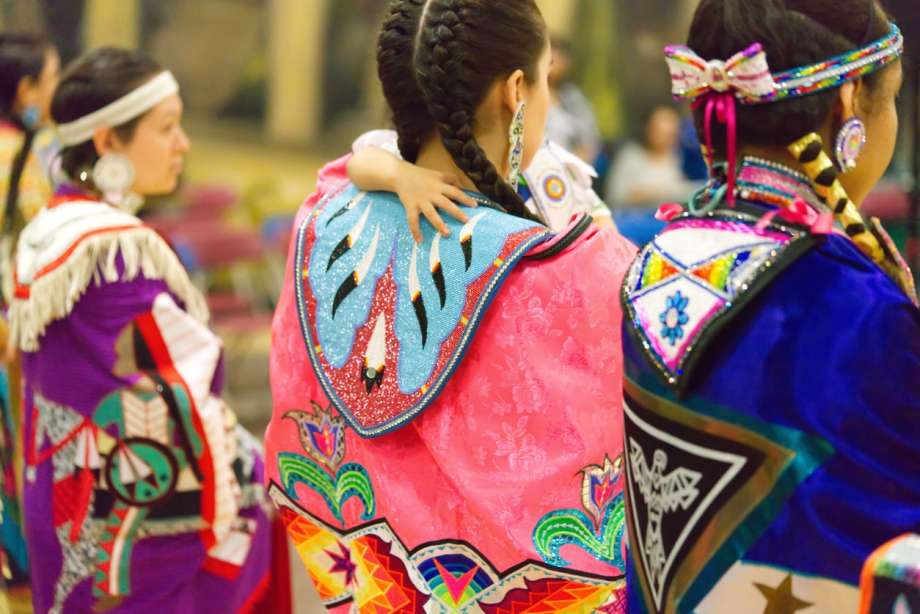
In 2021, President Biden proclaimed Indigenous Peoples’ Day a federal holiday. Indigenous Peoples’ Day is celebrated on the second Monday of October, formally known as Columbus Day.
Many states have chosen to recognize or observe in place of Columbus Day to acknowledge the legacy and treatment of Indigenous people in the United States throughout history.
Because Indigenous Peoples’ Day is a federal holiday, educators and parents need ways to observe this holiday respectfully and age-appropriately with kids and students.
Related: 6 Ways to Get Your Child Involved in the Voting Process
It is important to keep Indigenous Peoples’ Day activities and lessons developmentally appropriate and educate children about the history of the U.S. and the former Columbus Day while paying respect to the poor treatment of Native American tribes by Christopher Columbus and early America.
This list of Indigenous Peoples’ Day books and activities is designed to help parents and educators teach the significance of Indigenous Peoples’ Day to kids.
Explaining Indigenous Peoples’ Day to Kids
The concept of early land conquests and the poor treatment of indigenous people in the Americas by European cultures is an abstract and challenging concept for young learners.
Indigenous Peoples’ Day is not meant to erase the contributions of Italians to American history and culture. However, Christopher Columbus and his soldiers raided, killed, and conquered the people who inhabited the modern-day Bahamas, so celebrating Indigenous Peoples’ Day instead of honoring Columbus makes sense to many people. But how do parents and educators teach this important new holiday?
There are many great ways to teach young learners about indigenous history and to pay homage to the First Nations and native peoples of America. Many of these ideas can be extended into the autumn season when children learn about the first Thanksgiving.
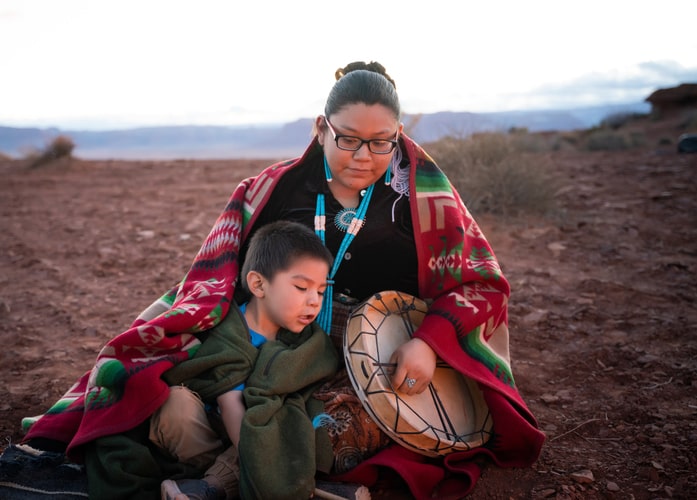
When explaining the holiday to children, keep it kid-friendly and developmentally appropriate. And, if you don’t know the answer, look it up together or tell your students or kids you’ll find the answer and get back to them!
Books, art projects, virtual and physical museum trips, special visitors, music, and local events are all excellent ways to introduce and teach Indigenous Peoples’ Day! Here are some of our favorite ways to teach kids about Native American culture and to celebrate this Fall!
Must-Read Indigenous Peoples’ Day Books for Kids
Books are an excellent way to teach children about other cultures, places, times, and events. Picture books work great for pre-readers and young elementary students. There are also plenty of books written by indigenous authors within teen and children’s literature.
-
“Fry Bread: A Native American Family Story” by Kevin Noble Maillard
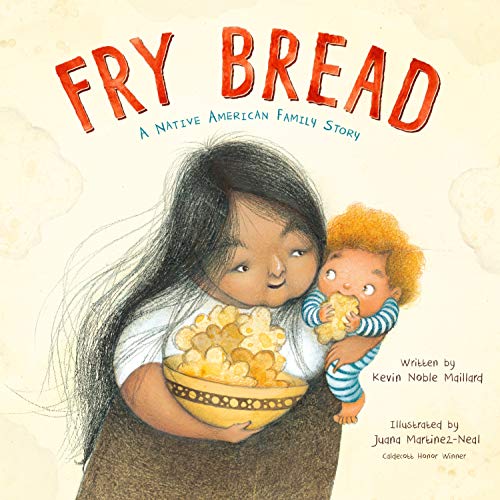
“Fry Bread” is a great book for teachers to add to their Fall lesson plans or parents to read at bedtime! It is a 2020 American Indian Youth Literature Picture Book Honor Winner.
Beautiful illustrations by Juana Martinez-Neal help tell the story of a post-colonial Native American family. The author’s note provides helpful information for using this book as a teaching resource.
-
“I Can Make This Promise” by Christine Day
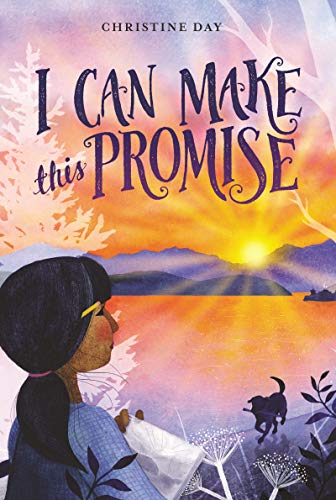
“I Can Make This Promise” by Christine Day is a great book for 3rd-grade to 7th-grade readers that explores adoption and the loss children face when they don’t learn about their culture and heritage.
This story is eye-opening for older children with little to no experience with these topics. It is told in a child-appropriate way—an excellent discussion starter for older elementary and middle school kids.
- 3 “Native American Stories for Kids: 12 Traditional Stories from Indigenous Tribes Across America” by Tom Weso
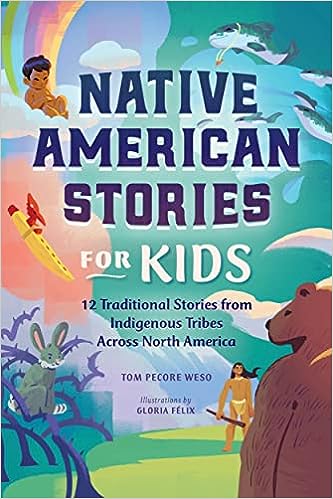
There’s no better way to learn about and understand a culture than by reading and listening to its stories. This delightful collection of children’s stories spans several Native American cultures from the continental U.S. and Alaska. “Native American Stories for Kids: 12 Traditional Stories from Indigenous Tribes Across America” by Tom Weso is a great resource book for children ages 6 to 9 years old. These stories will be a favorite in your family library!
-
“We Are Water Protectors” by Carole Lindstrom
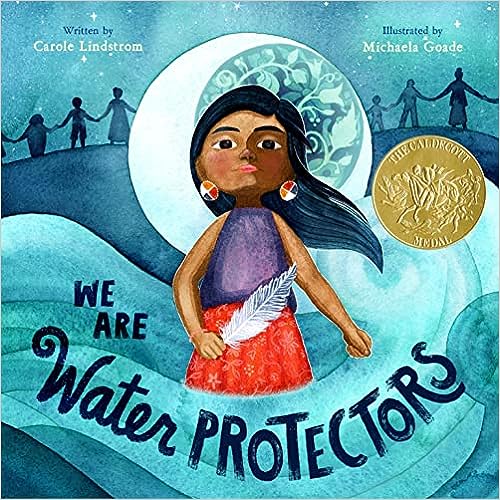
“We Are Water Protectors” won the 2021 Caldecott Medal and is a New York Times best seller. This beautifully illustrated book introduces the Native American movements designed to protect Earth’s most valuable natural resource, water, to young children. The illustrations are Alaska Native Michaela Gaode.
To learn more or to purchase, click here!
- “Mascot” by Charles Waters and Traci Sorell
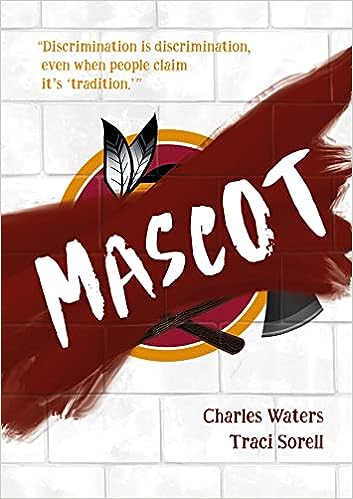
The fiction book “Mascot” by Charles Waters and Traci Sorell is based loosely on the real-life debate that happened in the DCMVA area over the NFL team formally known as the Washington Redskins and now called the Washington Commanders. The novel takes place in a town outside D.C. in Virginia, and the debate is over the high school mascot.
A thought-provoking book for middle schoolers and young high schoolers, it provides insight into race, tradition, and discrimination.
Resources to Learn About Indigenous Peoples’ Day
We have some great ideas if you’re looking for a more interactive approach to celebrating Indigenous Peoples’ Day with your kids or students!
-
Visit the National Museum of the American Indian
I am blessed to have taught and lived in Washington, D.C., for five years, and the National Museum of the American Indian was amongst my favorite places to visit. If you live within a day trip of D.C., consider a trip to this beautiful state-of-the-art museum. They have an entire children’s section with activities and hands-on artifacts.
If visiting the museum in person is not possible, head to their website and utilize their education section. There are printables like posters, handouts, and virtual lessons. It is easy to search by grade, nation, theme, and region.
Check where you live to see if there are any local Native American cultural centers, museums, or historical sites.
-
Look for Local Indigenous Peoples’ Day Events
Local libraries are an excellent resource for Indigenous Day events, so sign up for your library’s email list; library events are often free! Local historical societies may also host children’s events, native musicians or craftspeople, dance exhibitions, etc.
-
Explore the Zinn Education Project
The Zinn Education Project is a website with learning resources related to American History. The site is easy to navigate to search for a specific period or topic. You can also select the type of resource you want—songs and poems, films, or picture books.
-
Check Out PBS’ Indigenous Peoples’ Day Content
PBS has long been a source of reliable educational content for children and adults in the U.S. The Indigenous Peoples’ Day section on PBS’ website offers documentary specials, news stories, TV episodes, and educational videos for kids and adults. Many PBS videos are under 10 minutes, which is perfect for younger viewers to start learning about the holiday.
-
Watch “Molly of Denali”
“Molly of Denali” is an animated children's television series created by Dorothea Gillim and Kathy Waugh for PBS Kids which premiered in 2019. The show is set in Alaska and seamlessly explores how Molly’s Native Alaskan culture and history are entwined with her modern life; she also plays basketball, vlogs, and enjoys snowball fights!
You can watch “Molly of Denali” streaming for free on PBS Kids, Amazon Prime, or Vudu.
-
Learn About Whose Land You Live On
Acknowledgment of the land and earth is a traditional custom for many Indigenous communities. Unlike other cultures, Indigenous people in North America typically shared land collectively within their communities.
Any non-Native people should recognize the terrible history of colonizers stealing land from Native people, and make an effort to learn about the original tribes who inhabited the land where they currently live.
Combine history and cultural awareness by learning about which nations or tribes originally lived on the land where you reside. Most of North America had a tribe associated with its regions.
Kids can use this interactive map from Native Land to discover whose land they live on and then learn more about the culture.
Note: The map does list a disclaimer that it is not intended to represent the official or legal boundaries of indigenous nations, and it is always best to contact the Nation directly.
Indigenous Peoples’ Day Activities to Do with Kids
We have some fun and insightful craft, cultural, and performing arts-based ideas for those seeking hands-on activities with kids!
-
Engage with Native Music, Food and Media
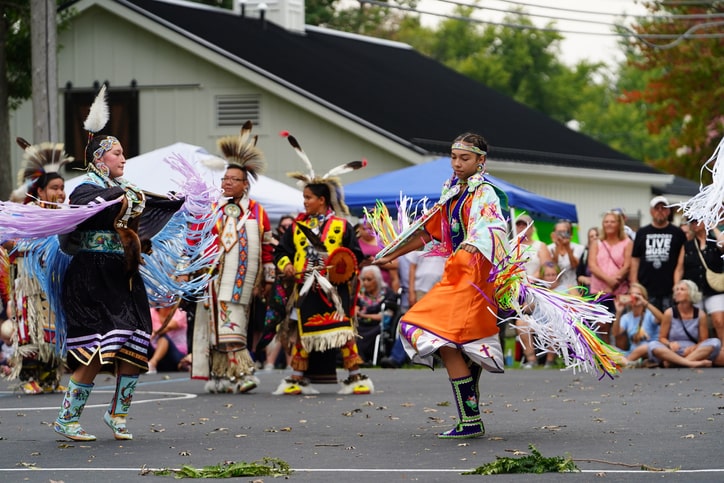
Listening to music is among the best ways to engage with a culture. Music is appropriate for everyone, from babies through high school kids. Putumato is an excellent resource for world music. Check out their album Native America.
The album also includes a recipe for Navajo wild sage bread. Connect the cultural experience by making the bread at home!
-
Learn About Indigenous Languages
Through the Celebrating Indigenous Languages Project on Google Earth, children can listen to greetings in dozens of native languages from the U.S. and Canada. Some examples are Plains Cree from Alberta, Canada, Yurok from California, and Cherokee from Oklahoma.
Kids can listen and try to say the greetings themselves!
-
Make Indigenous Peoples’ Day Crafts
Kids love crafts, and there are many great arts and crafts ideas for parents and teachers. When choosing a craft, it should be culturally sensitive and accurately represent a specific culture or tribe.
Popular kids’ games and activities website Little Cooks Reading Books has a list of resources on culturally appropriate crafts for Native American Heritage Month. Avoid stereotypical crafts or those that represent sacred parts of Native American culture, for example, feather headdresses.
-
Learn About Native American Artists
Introduce Native American artists and have your kids create their own interpretation of the art. Canadian artist Kenojuak Ahevak is famous for her nature-inspired art project: “The Enchanted Owl.” “The Enchanted Owl” artwork was even featured as a Canadian postage stamp.
Ways to Give Back to Indigenous Communities
Today, modern Indigenous communities and Native Nations are pushing back against hundreds of years of historical discrimination and erasure. In present day, there are over 600 Native Nations in the U.S., and 6.8 million Americans identify as Native American.
While we recognize the legacy of Native People, we cannot forget all the current contributions of contemporary Native groups and families. If you want to teach your children about giving back this Indigenous Peoples’ Day, here are some great options to consider.
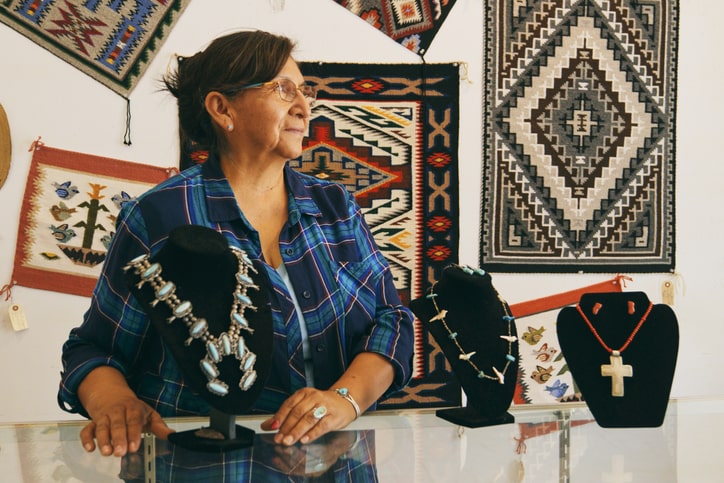
-
Donate to Indigenous-led Organizations
There are many amazing Native American non-profits and Indigenous-led organizations that are actively working toward Indigenous liberation, environmental protection and sustainability and Native American rights.
You can teach kids about making a difference and support these efforts by making a donation in your kids’ name to one of the many reputable Native organizations such as Seeding Sovereignty, Honor the Earth, or the Native American Rights Fund.
-
Support Native-Owned Businesses
Historically, Indigenous people – particularly Indigenous women – have had disproportionately greater rates of poverty and financial insecurity in the United States. One powerful way to support the success of modern Indigenous people is by visiting and buying items directly from Native-Owned businesses either in person or online.
Native-owned businesses offer everything from jewelry and clothing to textiles and home goods to food and beauty products! This Indigenous Peoples’ Day, shop at local celebrations put on by Native groups or buy from one of the many unique Native-owned businesses online. This list is a great resource to start with!
Honoring Indigenous Peoples’ Day with Your Kids
There are many other fantastic indigenous artists and art styles kids can learn about and then try their hand at to honor Indigenous Peoples’ Day. Keep books and lessons at an age-appropriate level and aim to honor Indigenous people and their cultures to celebrate the holiday or Native American Heritage Month.
Whether you’re teaching a four-year-old or a fourteen-year-old, the important piece is to honor and accurately represent Native American culture and people. Instead of lumping all native people together, consider supporting the local indigenous culture in your state or town.

